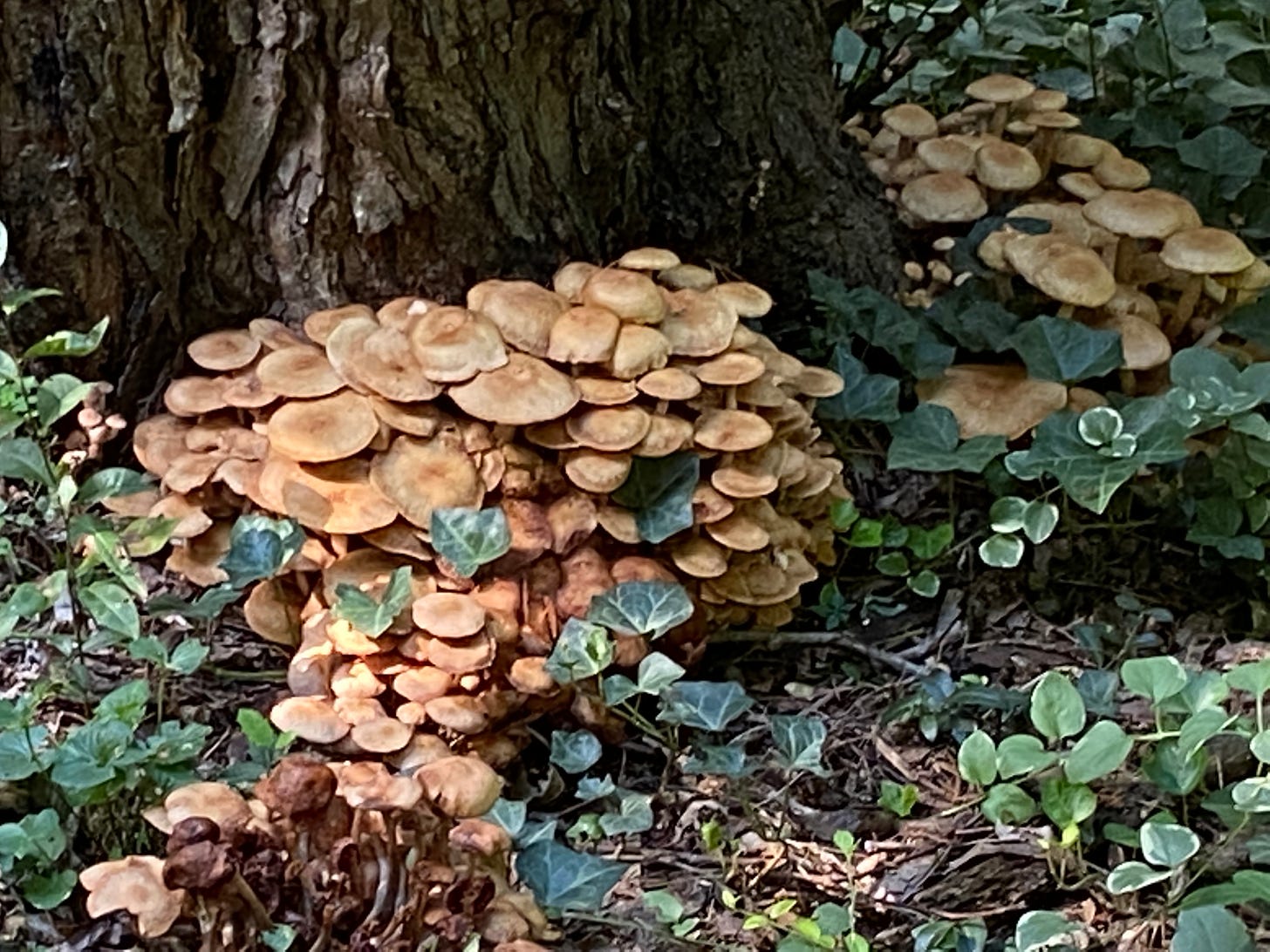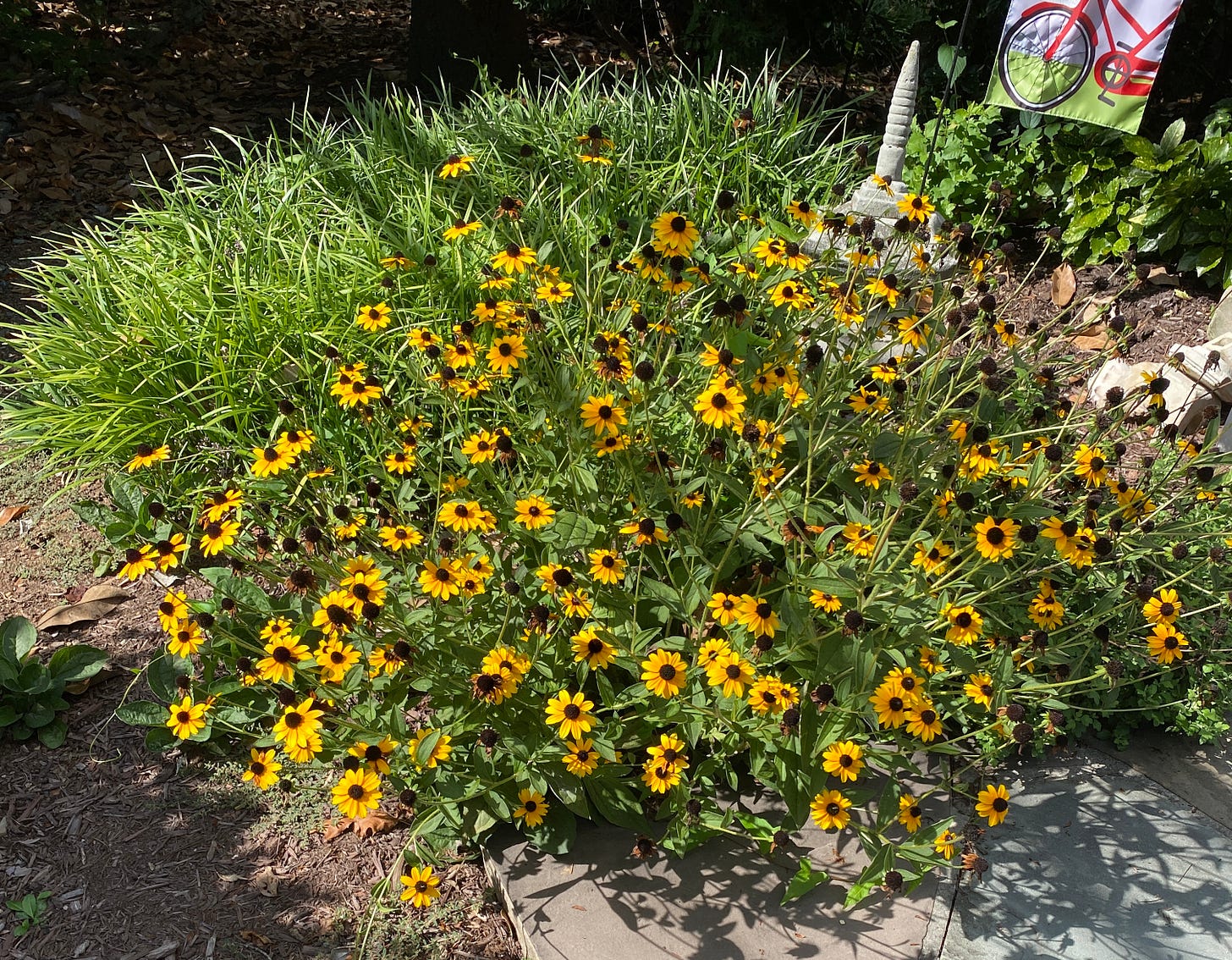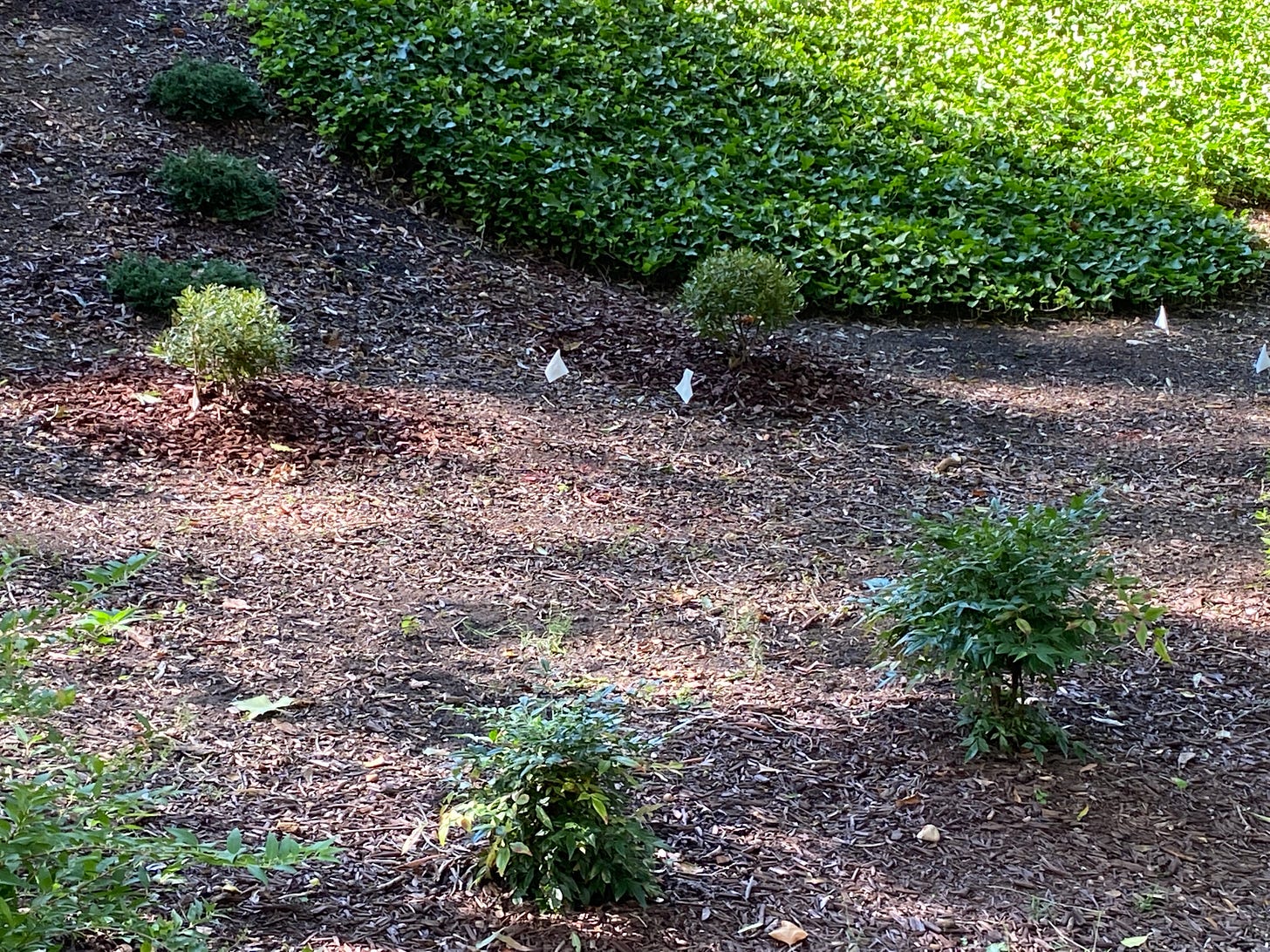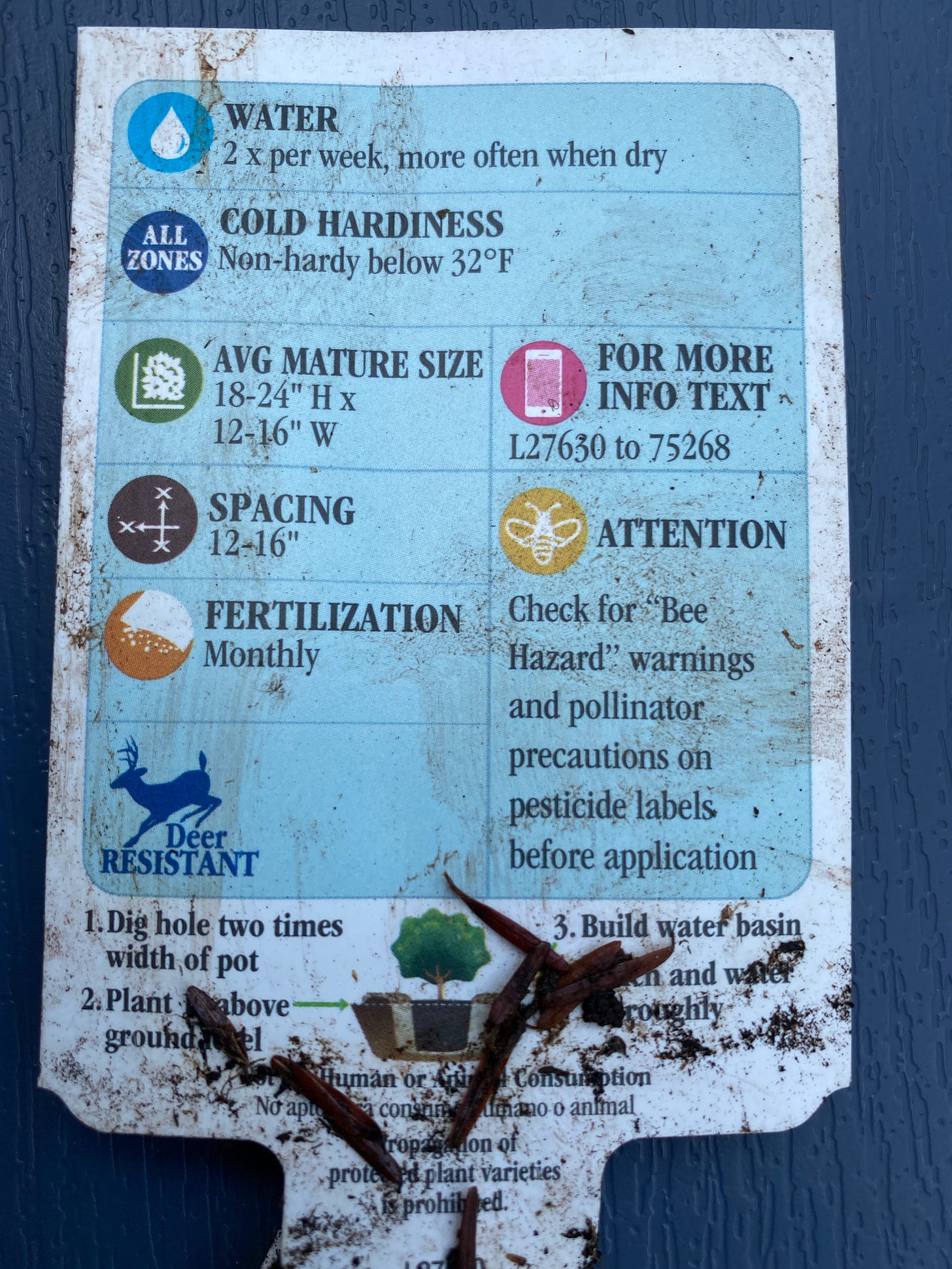“Bloom where you’re planted,” is common advice from military leaders to their team members who have been placed in a job they are a poor fit for. This occurs when they don’t have the experience or temperament for a job they’ve been placed in for “the needs of ________(fill in the blank of the military service),” or they don’t have the tools and support they need to succeed. Most find themselves in such positions through no fault of their own.
I’ve felt called to write about this for awhile now, particularly after I read yet another social media post by a service member who feels trapped and are unable to see a way out of their situation. Service members are particularly vulnerable to feeling trapped because they have employment contracts that are very specific on how long they serve, yet often do not contain any specifics on the roles they will fill or where they will fill them. The roles and locations are…wait for it…left to the needs of the military and can flex depending up on the mission at hand.
The only conclusion I can reach about the well-meaning leaders who tell people “bloom where you are planted,” is that they don’t garden. At all. Their lawns must be choked with weeds, because weeds are the only plants that reliably bloom wherever. Or maybe they leave tending the yard to someone else.
A trip to a nursery, home improvement store or even a cursory glance at a seed catalog quickly will confront the would-be gardener with the truth that not every plant blooms everywhere. When shopping for plants locally, plants that will not grow in that climate will not be available for purchase. The plants that are available are tagged with how much sun and water they need. Seed catalogs also include info as to which hardiness zones each plant is suited to — plant something outside of its hardiness zone at your own risk because it probably isn’t going to make it.
I found a little more work was required with the plants already in my yard when my husband and I bought our house. Some clearly were planted on purpose as we saw when we found the landscaping plan. Unfortunately, some of those were what are considered to be invasives these days, like English ivy and pachysandra. Others were native to the area. We have weeds and, after a good rain, fungi, too.

The invasives and even some of the natives literally will take over the yard and choke strong, tall trees if left unchecked long enough. The weeds will crowd in and some are particularly fond of all manner of cracks. The same thing happens on teams and in organizations when toxic behaviors go unchecked.

Not all volunteer organisms cause harm. The fungi, while unattractive and smelly at times, serve an important purpose in the ecosystem by decomposing wood and returning nutrients to the soil. Most organizations have team members who do this as well by bringing up issues that need to be addressed and performing other tasks that bring people together.
The TAKE AWAY:
STOP telling people to “bloom where they are planted.” When we do this, we feed a toxic work environment by rejecting who they are on some level and failing to recognize the fact that they are likely in this position through no fault of their own to meet the needs of the military. NO ONE wants to get up each day and go to work in a job they are not equipped to do. Instead, help them find something on or off duty where they can exercise a sense of mastery and control.
RECOGNIZE each person on your team is unique, with a unique combination of knowledge, skills and experiences. Two team members with the same career field/specialty, training and skills may be very different due to their life experiences prior to arriving on your team, thus one may be a fantastic fit and the other may not do as well. Some of these experiential differences can be managed by recognizing they exist and talking about them.
UNDERSTAND that even people with the same occupational specialty may need different amounts of sun, water and fertilizer just as individual plants of the the same species in the same yard/garden do because of differences in the amount of sun, rain and fertilizer received across the garden. Rather than saying to yourself, “I’m treating them all equally and giving them the same attention and resources,” recognize that some team members will need more and others less depending the mission and projects supported. Adjust accordingly.
NOTICE and PUBLICLY REWARD the important contributions of those who are tackling those often unpleasant and unrecognized tasks to make your team and organization stronger and run smoothly, even when they bring up issues you’d rather they wouldn’t.






